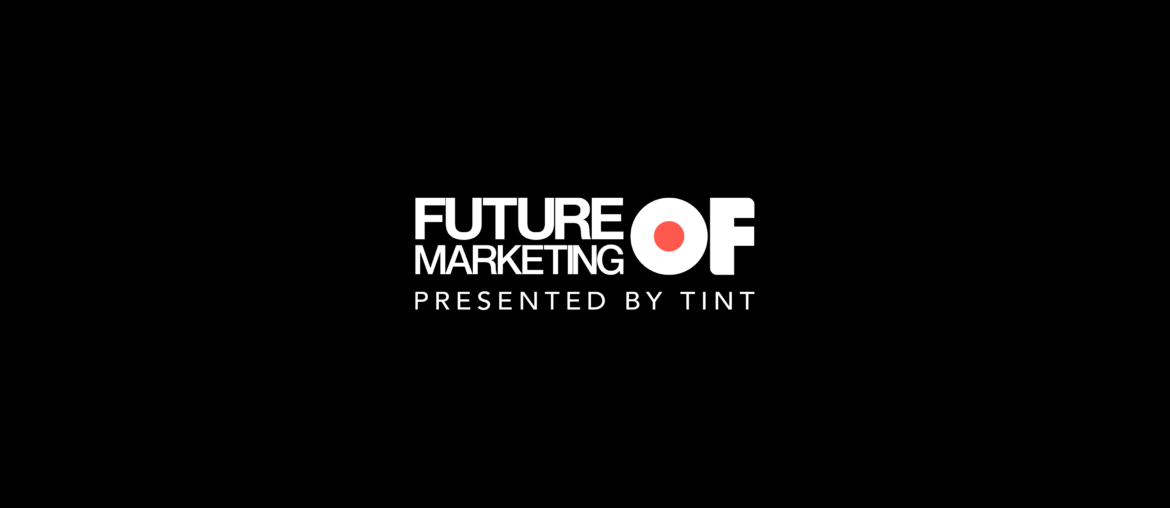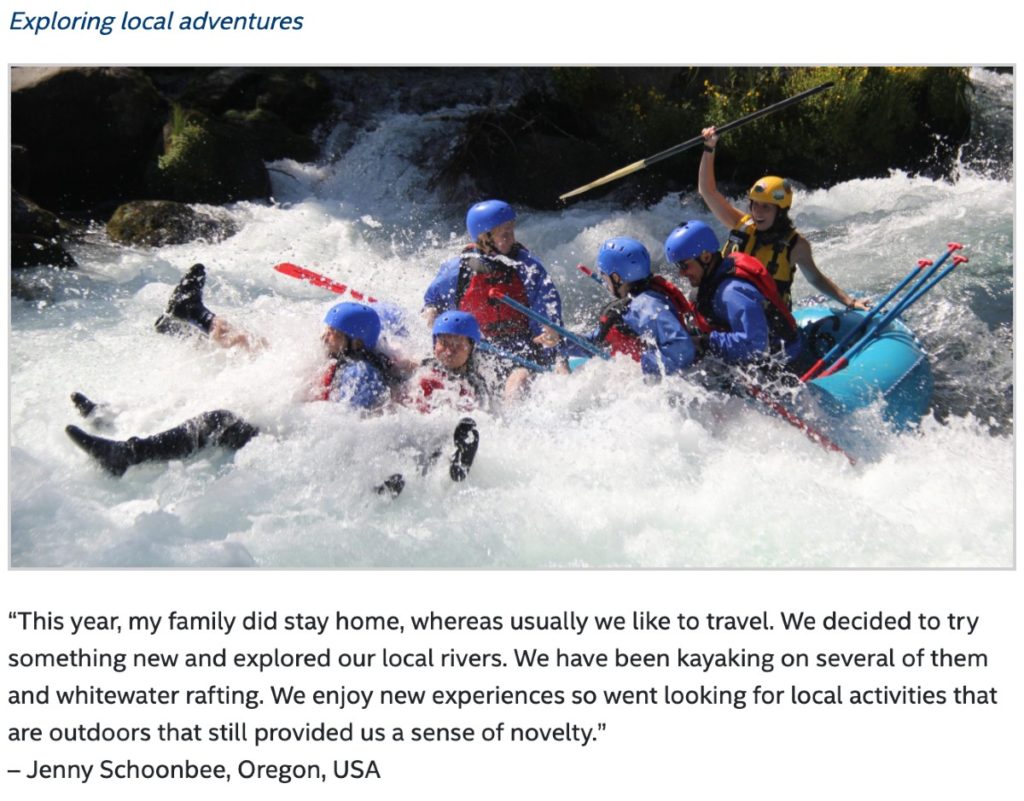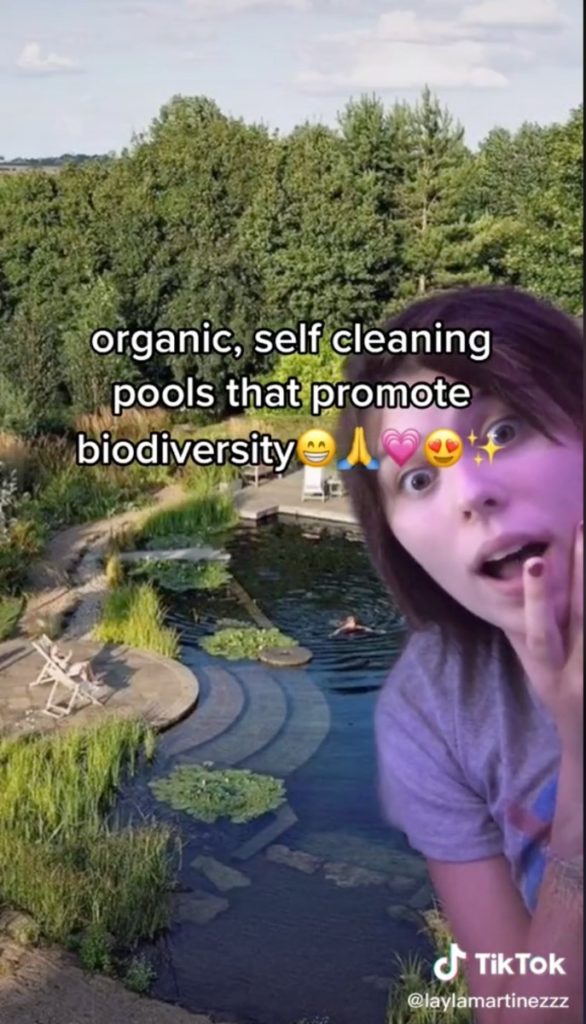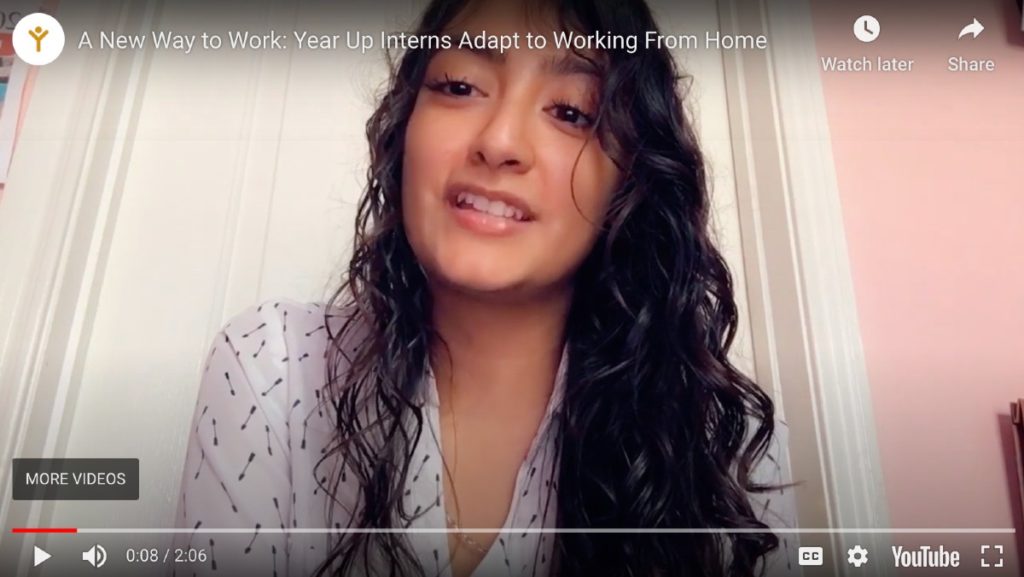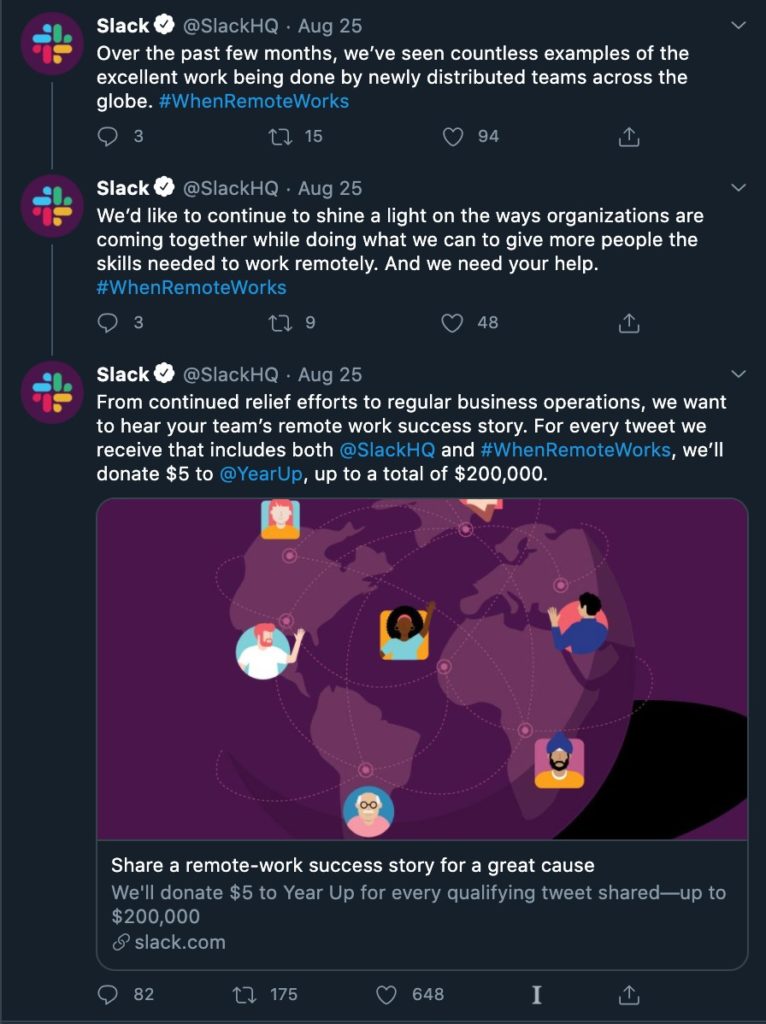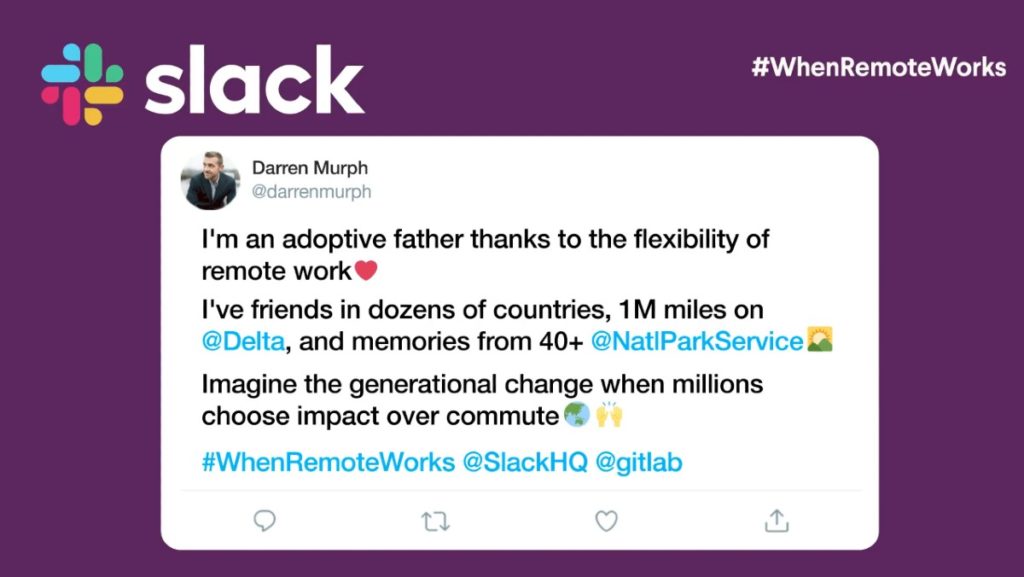This content originally appeared September 10, 2020 as part of the Future of Marketing weekly email series. Subscribe here.
The theory of punctuated equilibrium argues that evolution occurs during quick, stressful bursts of time.
Consider the state of the world – how the pandemic and economic uncertainty suddenly transformed the ways we live and work. Trends that were expected to happen over five years took place in five months.
And it’s not the first time we experience disruption.
One hundred years ago, the world was confronting a “similar” period of stress – the Spanish Flu, the Great Depression – the rise of the 40-hour workweek.
But despite globalization and technological advancements since the 19th century, the 8-hour days, 5 times a week routine that people grew used to has not changed… until now.
Addressing burnout with action
Marketoonist recently shared that 83% of marketing professionals are burned out – the highest of any profession; while work days have increased by an average of 48 minutes.
“If we don’t promote vacation and getting offline, we create more costs: Healthcare costs, mental health care costs, and productivity costs,” shared Peter Jackson.
Intel’s VP of Human Resources introduced a Staycation Challenge to encourage employees to disconnect from work and share their adventures. Even better, Intel repurposes these stories – employee-generated content (EGC) – on their website to highlight the Intel work culture:
Meanwhile, other companies are now hiring for Head of Remote Work and updating work policies:
- A recruiting department at Upwork now has one person on the team out every Friday
- Superhuman added two ‘Care Days’ to its vacation calendar – and team members can choose the day they want to take off
Tip: Address burnout by doing more than encouraging time off – lead by example. Work on ‘redesigning’ the employee experience and encourage your team to unplug, recharge, and return with exciting stories.
Then, highlight these stories across your channels (especially internal channels) to help your teams feel connected.
Keeping up with Gen Z
The oldest Gen-Zers are preparing to enter the workforce and they come with a unique attribute: they don’t know a life without digital.
Their understanding of technology is seamless – where they don’t see it as ‘technology’ but as a normal part of life.
In this Forbes article, Cathy Hackl discusses the ‘future of work and play for Generation Z’ – and suggests we should all learn from this socially conscious generation.
“Gen Z looks to make an impact in everything they do, even playing video games… where your playtime generates tangible data [toward] improving research, helping cure diseases, and contributing to the broader medical community.”
They’re even engaging with environmental issues by creating content on social media – where the “biodiversity” hashtag has over 12 million TikTok views alone.
Tip: Even if Gen Z doesn’t fit your target audience (yet), study their habits, motivations, and behaviors now to gain a deeper understanding of the generation setting the tone for the future.
Gen Z and Millennials hold the key to the new normal, after all.
What we’re learning…
- Everything marketers need to know about Gen Z [Hootsuite]
- A fascinating view at the rise and fall of the most popular websites and the evolution of social media since 1993 [Visual Capitalist]
- 4 ways to design employee experience in the remote work era [MIT]
- The CMO of the future [Future of Marketing]
- The other CMO – Chief Meme Officers and the role of memes in marketing [TINT]
Companies that acknowledge what is going on in the world, and that honestly want to improve things, strike the right chord with their customers.
Harvard Business Review
#brandcrush: Slack
Each week in #brandcrush we highlight exceptional brands that are channeling their customers’ voice to connect more authentically with their audience.
According to Year Up, approximately 5 million adults are left out of the workforce due to a lack of opportunity (despite being driven and talented).
This means the pandemic unveiled a bigger gap in access to work from home opportunities.
Slack for Good partnered with Year Up to prepare young adults (mostly minorities) for the workforce with mentorship and technical-skill training.
To promote the campaign, Slack shared a video created with content submitted by interns adapting to work from home (and embedded the video into a specific webpage):
Then, Slack shared this webpage to unveil their mission – and asked people to submit their remote-success stories via Twitter in exchange for Year Up donations:
Slack repurposed these responses to create a short video it promoted on Facebook – which is a strong example of repurposing (and re-optimizing) user-generated content for omnichannel marketing:
In other news:
- Slack is also hosting a global virtual event worth paying attention to
- And Slack recently launched The Future Forum to help leaders make necessary transformations to thrive in the new economy
Remember – disruption breeds growth.
And the current state of the world is demonstrating there’s room to improve the employee experience.
